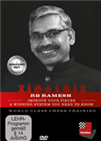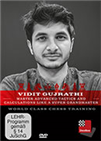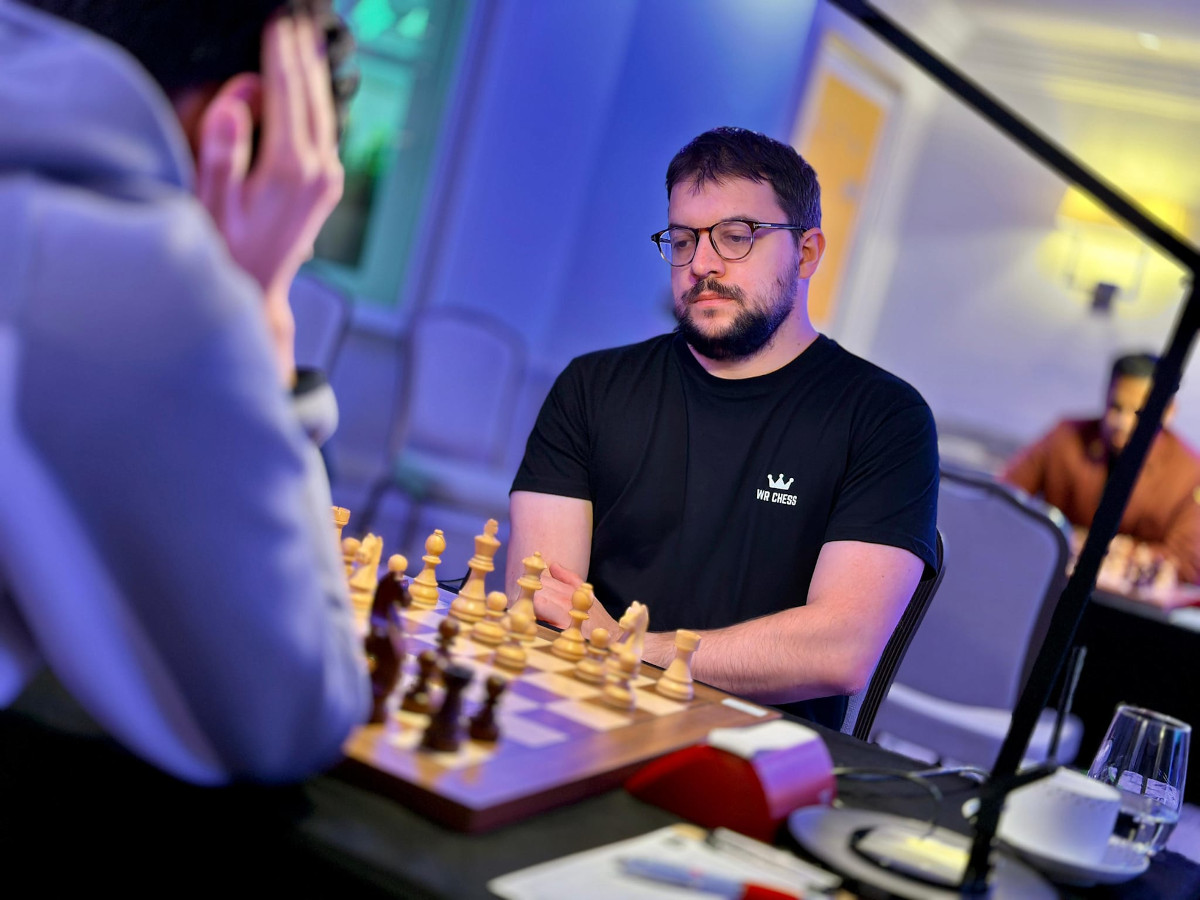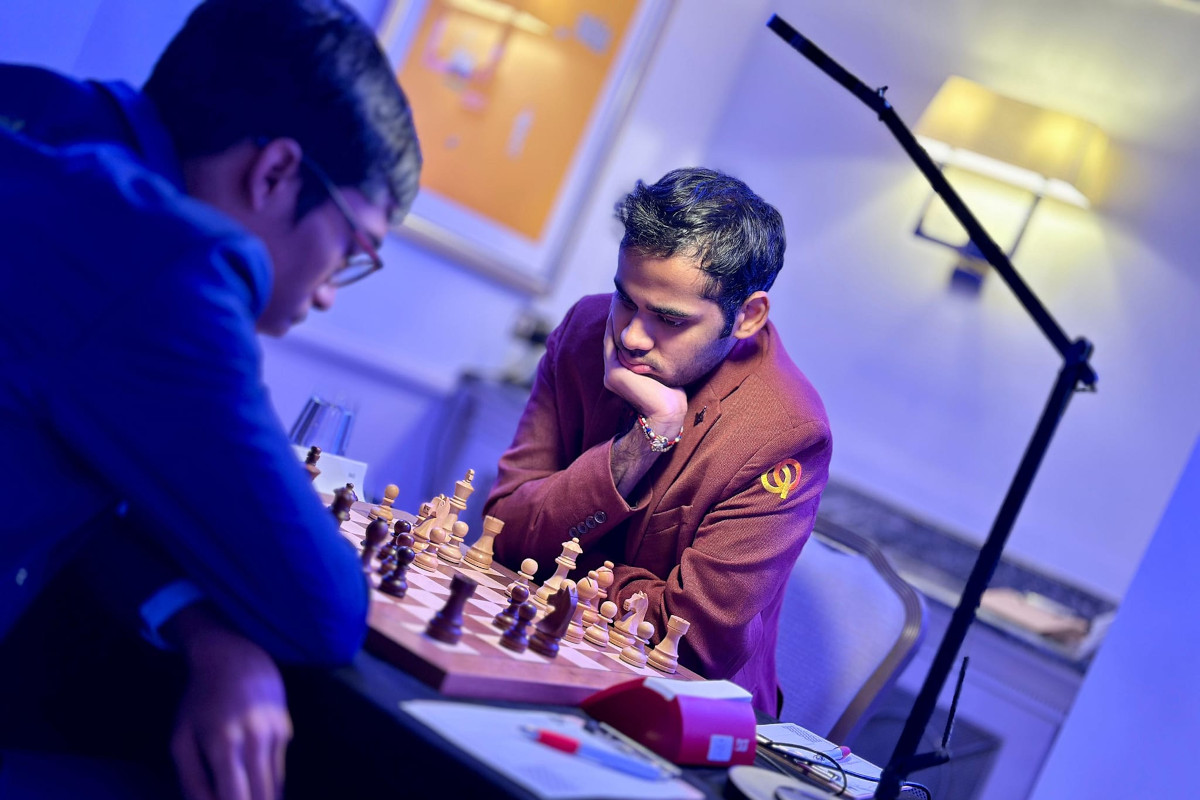Missed chances decide both matches
Arjun Erigaisi and Maxime Vachier-Lagrave have reached the final of the WR Chess Masters Cup after winning their semifinal matches in all-Indian and all-French encounters. Arjun defeated his compatriot Praggnanandhaa Rameshbabu, while MVL triumphed over Alireza Firouzja. The final will be played on Thursday, with game 1 starting at 11.00 CEST and game 2 at 18.00 CEST.
Arjun and Pragg, good friends and teammates in the Indian national chess squad, faced each other in a hard-fought match - the two youngsters often take long walks during tournaments, sharing thoughts and encouraging each other. Arjun won game 1 by outplaying Pragg in a complex knight endgame. In the second game, Pragg missed a key pawn push that could have led to a victory, resulting in a draw and sending Arjun to the final.
 In this course, we will learn how to identify passively placed pieces in any given situation and how to improve their health by bringing them into active squares.
In this course, we will learn how to identify passively placed pieces in any given situation and how to improve their health by bringing them into active squares.The all-French semifinal between MVL and Firouzja was decided in an Armageddon tiebreak after two classical draws. Vachier-Lagrave, playing black in the decider, used the sharp Najdorf Sicilian. Firouzja gained an advantage, but MVL's passed pawns created serious counterplay. A blunder by Firouzja on move 37 allowed MVL to turn the tables and win the match, with both players having only about a minute left on their clocks at that point.

The beautiful playing hall at the Langham Hotel in London | Photo: ChessBase India / Abhyudaya Ram
Arjun 1½ - ½
Game 1 was a 70-move struggle, which saw Arjun testing his opponent in a technical knight endgame. Arjun had an extra (doubled) pawn once only kings, knights and pawns were left on the board.
Converting such a small edge into a win is no easy task, especially against a player as resourceful as Pragg. Arjun managed, however, as he kept testing his opponent until a mistaken king manoeuvre on move 56 vastly improved his advantage.

Praggnanandhaa Rameshbabu | Photo: ChessBase India / Abhyudaya Ram
In the second encounter, Pragg ably created imbalances while in a must-win situation. But when Arjun faltered on move 36, he failed to find the tricky refutation that would have likely given him the win he needed to take the match to Armageddon.
Pragg here went for 36.Qg5+, and a draw was agreed once he realised that the queen trade would lead to a completely balanced position.
Instead, 36.f5 is winning for White, when the threat of f5-f6-f7 is too much for Black to handle - e.g. 36.f5 Nd3 37.f6 Qd7 38.f7+ (diagram) Kh8 39.Qf6#
Of course, Black could play 36...Rf8 to deal with this potential line, but in that case 37.Rc8, deviating the defender, is devastating. The two contenders were visibly shocked once they saw this recourse right after the game.
Vachier-Lagrave 2 - 1 Firouzja
The classical games in the all-French semifinal were quite balanced throughout, with Firouzja playing an Alapin Sicilian with black and MVL choosing his beloved Grünfeld in the rematch.
In the Armageddon, MVL got the black pieces, draw odds, and a bit over 7 minutes on the clock (to Firouzja's 10 minutes). Not surprisingly, MVL played the Najdorf against Firouzja's 1.e4. A tricky middlegame saw Firouzja getting the upper hand, which he kept until move 37 - when a single mistake turned the tables in MVL's favour.
White has an extra bishop, but has to deal with Black's dangerous connected passers. The one move that keeps White's advantage here is 37.Nc2, and after 37...Ng3 38.Nxe3 Nxf1 39.Nxf1 (diagram), White should win with the two minor pieces against the rook, as his three connected passers on the queenside will soon become extremely powerful.
Perhaps considering that his bishop and knight would be able to kee an eye on the potential e3-e2 push, Firouzja went for the direct 39.b4, and resigned after 39...Rc1 40.Rxc1
The problem for White is that after 40...Kxc1 41.e2 (diagram), both captures are bad - 41...Nxe2 fails to 42.f1Q+, while 41...Bxe2 fails to 42.Nxe2+
 The Indian chess grandmaster Vidit Gujrathi with an ELO of over 2700 (June 2023) is one of the best 20 players in the world. For the first time, the sympathetic top player presents himself in a video course. Let a world-class player show you tactical moti
The Indian chess grandmaster Vidit Gujrathi with an ELO of over 2700 (June 2023) is one of the best 20 players in the world. For the first time, the sympathetic top player presents himself in a video course. Let a world-class player show you tactical moti
Maxime Vachier-Lagrave | Photo: ChessBase India / Abhyudaya Ram
Links


























